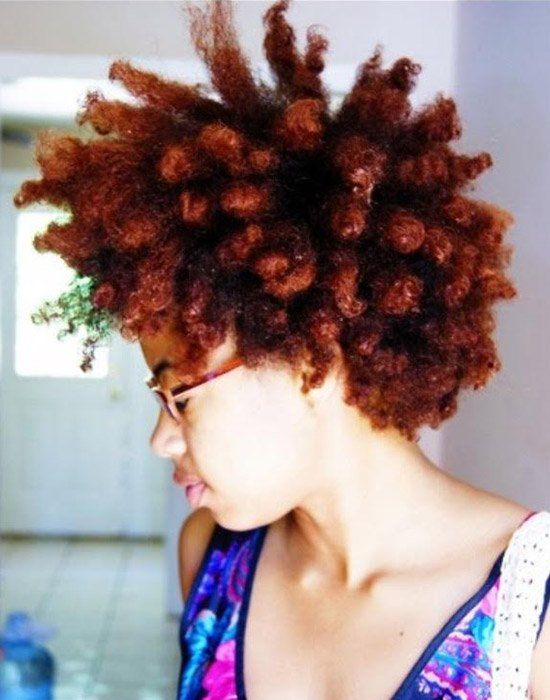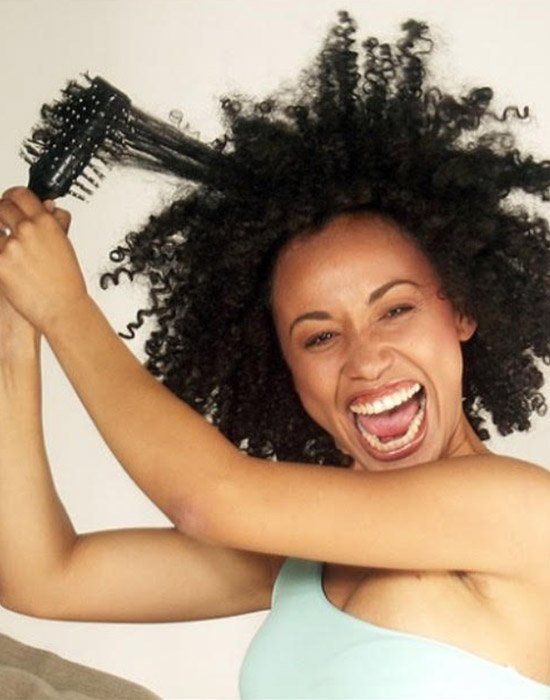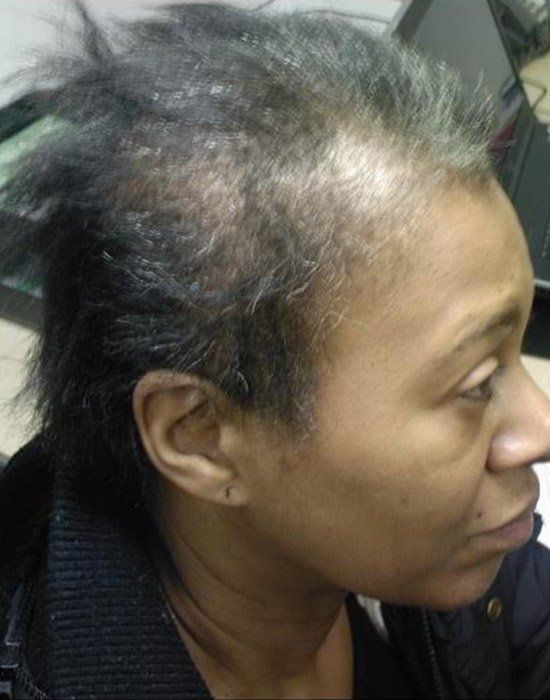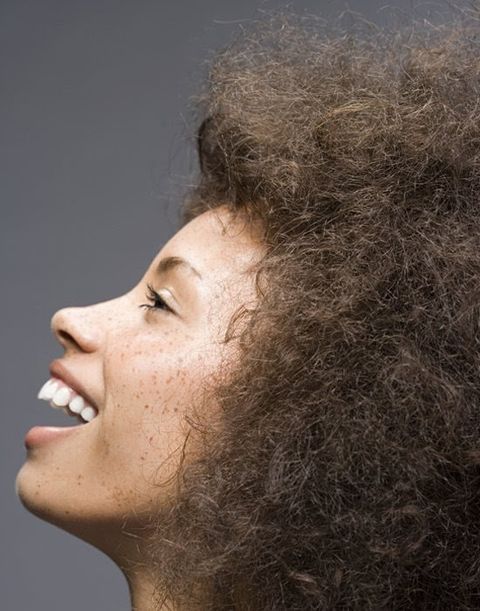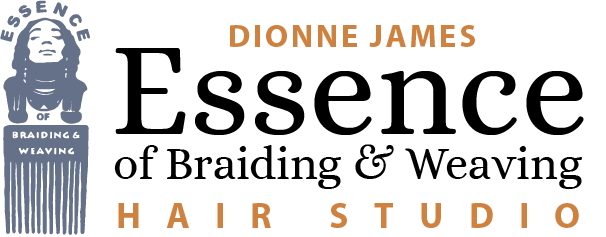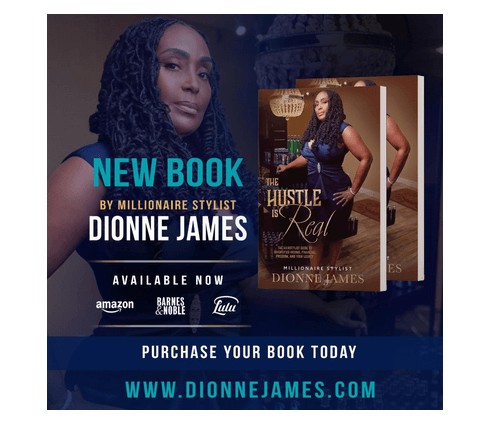By Scott L
•
12 Oct, 2020
1. The Truth about Ammonia (It maybe necessary…) There are a lot of “ammonia free” products on the market promising a black to blonde result. Very Unlikely. Ammonia in products assist in the coloring process by opening cuticle and swelling the strands so that the color can penetrate to the cortex, yielding drastic color changes. Without ammonia, color change is mild and may require multiple applications to achieve desired color, if ever achieved. This is due to the fact that the color more likely will coat the strands as opposed to being absorbed into the strand because there isn’t a stimulant used to open the cuticle. Be aware of ammonia substitutes used such as the more popular ethanolamine, also known as monoethanolamine or MEA. These are equally, if not more, damaging to the hair. But because it isn’t “Ammonia” the company can advertise as “Ammonia free” (doesn’t necessarily mean safer), misleading many. 2. Bleaching Isn’t Necessary for Lighter Shades This is true (in most cases). Hair that hasn’t received ANY prior color (virgin hair) can be lifted with peroxide and color which is safer than bleach/lightener. Though safer than lifting with a lightener or bleach, one must know the condition of their hair prior to any chemical service. Adding chemicals (color) to damaged, weakened hair can be destructive. It is recommended, that prior to coloring, you should do weeks of deep conditioning treatments . Doing so will help fill holes in the strands, smoothing cuticle, as well as reinforcing moisture that color has been known to diminish. Please note: If henna based color has been used, achieving other shades will be hard without using a lightener. Using a lightener to lift even a few shades lighter can prove to be very traumatizing to the strands and should be avoiding if at all possible. There seems to be a color craze brewing and it’s causing many the urge to jump on the gun and color their natural hair without first knowing these important tips for preventing damage and dryness. But, then, while standing in the aisle of the beauty psupply store, you may become overwhelmed by the many coloring systems that claim to color hair without damage. What do you do? Do you go for it without research? No! When making the decision of coloring natural hair, there are a few important factors you must consider. 1. The Truth about Ammonia (It maybe necessary…) There are a lot of “ammonia free” products on the market promising a black to blonde result. Very Unlikely. Ammonia in products assist in the coloring process by opening cuticle and swelling the strands so that the color can penetrate to the cortex, yielding drastic color changes. Without ammonia, color change is mild and may require multiple applications to achieve desired color, if ever achieved. This is due to the fact that the color more likely will coat the strands as opposed to being absorbed into the strand because there isn’t a stimulant used to open the cuticle. Be aware of ammonia substitutes used such as the more popular ethanolamine, also known as monoethanolamine or MEA. These are equally, if not more, damaging to the hair. But because it isn’t “Ammonia” the company can advertise as “Ammonia free” (doesn’t necessarily mean safer), misleading many. 2. Bleaching Isn’t Necessary for Lighter Shades This is true (in most cases). Hair that hasn’t received ANY prior color (virgin hair) can be lifted with peroxide and color which is safer than bleach/lightener. Though safer than lifting with a lightener or bleach, one must know the condition of their hair prior to any chemical service. Adding chemicals (color) to damaged, weakened hair can be destructive. It is recommended, that prior to coloring, you should do weeks of deep conditioning treatments . Doing so will help fill holes in the strands, smoothing cuticle, as well as reinforcing moisture that color has been known to diminish. Please note: If henna based color has been used, achieving other shades will be hard without using a lightener. Using a lightener to lift even a few shades lighter can prove to be very traumatizing to the strands and should be avoiding if at all possible. 3. Refreshing Permanent Color without Over-Processing and Damaging Refreshing permanent color with permanent color is not necessary.When color seems to faded or grown dull, it’s possible to refresh without the use of permanent color. Nowadays, there are plenty of semi-permanent, even demi-permanent, and rinses that come in a vast array of colors. It’s safer and healthier for the hair to refresh with simple pigmented rinses, semi or demi-permanent colors. Doing so can act as a filler to the hair, making it softer and smoother than before. The constant overlapping of permanent color leads to hair being over-processed and eventually irreversible damage. 4. Color Care Lastly, and most importantly, after receiving a color service (whether done at home or a salon), it’s imperative that you adjust your regimen. Use of shampoo and conditioners for color treated hair is necessary and will help maintain proper pH levels, extend color life, and seal cuticle of hair. Implementing the proper products after a chemical color service will also combat loss of moisture and maintain health of the hair. In adjusting your regimen, you should consider moisturizing often (but not excessively), conditioning after every shampoo, and use cooler water temperatures when shampooing & rinsing (This helps close cuticle and extends life of color). Always, when in doubt, visit your local salon or stylist who specializes in the service you desire.
